By Bianca Schulze, The Children’s Book Review
Published: March 1, 2012
Here’s the scoop on the most popular destinations on The Children’s Book Review site, the most coveted new releases and bestsellers.
THE HOT SPOTS: THE TRENDS
Award-Winning Illustrator Marla Frazee & the Best Interview Ever
Author Interview: Gary Paulsen
Newbery Medal Winners, 2012
How Picture Books Play a Role in a Child’s Development
Wonderful Winter Books for Kids
THE NEW RELEASES
The most coveted books that release this month:
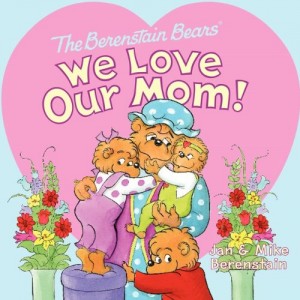 The Berenstain Bears: We Love Our Mom!
The Berenstain Bears: We Love Our Mom!
by Jan Berenstain
(Ages 3-7)
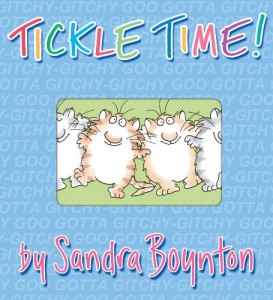 Tickle Time!: A Boynton on Board Board Book
Tickle Time!: A Boynton on Board Board Book
by Sandra Boynton
(Ages 0-3)
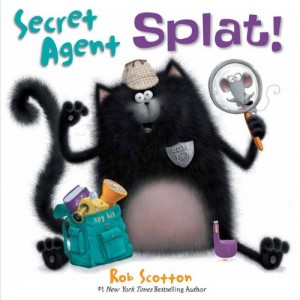 Secret Agent Splat!
Secret Agent Splat!
by Rob Scotton
(Ages 3-7)
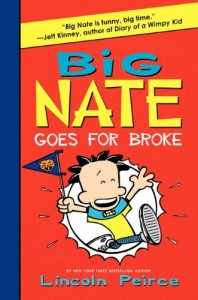 Big Nate Goes for Broke
Big Nate Goes for Broke
by Lincoln Peirce
(Ages 8-12)
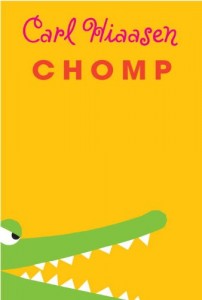 Chomp
Chomp
by Carl Hiaasen
(Ages 10-12)
THE BEST SELLERS
The best selling children’s books this month:
PICTURE BOOKS
According to the many school librarians I've talked to over the past six months, kids are clamoring for series more than ever before. Schools and libraries can't keep certain series on the shelves.
It's understandable. There's real comfort in reading about characters you've come to know and like. For young readers, when the plot structure is familiar, the books can be easier to read, too. Books in which they can anticipate the style and language they're written in are less threatening. Plots are clearer. Repetition is encouraging. Especially to reluctant readers.
When I remember back to the 90s, when a great battle was raging in schools over the Goosebumps books, I'm amazed. I knew purists among the librarians who wouldn't have those books on theirshelves. And parents who wouldn't let their children read them.
Ten years later, that wouldn't happen. Sure, the Goosebumps books were plot-driven. The characters weren't well-developed. But they were exciting and scary. As their advocates would tell you, they got kids reading. And reading a lot. Boys, especially, who wouldn't ordinarily pick up a book, ate those stories up.
It seems almost impossible to imagine such a hue and cry today. what I said yesterday about writing a series is pretty much the way you'd approach writing any genre. The reason why their elements seem more pronounced, maybe, is because there are so many books in each series that their strengths, as well as their weaknesses, are emphasized.
The concept-based series, for example. The MAGIC TREE HOUSE series by Mary Pope Osbourne is a perfect example. Both the concept and the structure are abundantly clear: It's the Wizard of Oz revisited. A brother and sister discover a tree house in their woods. It's filled with books. Every time they point to a particular book, one about dinosaurs, for example (the first book in the series), the wind starts to blow. The trees start to shake. The tree house starts to spin and the next thing they know, it crashes down to earth and there's total silence. Chapter two. The two look outside and there they are - back in the prehistoric age, or wherever else the book they had pointed to, took place.
When their adventure is over, or needs to be brought to a fast halt because they're in trouble, they go back to the tree house and point to a book about their hometown, and the whole spinning process happens all over again until they make a safe crash-landing back in their woods. Only to find that no time has passed since they left.
It's diabolically simple. Yet because Osbourne takes the pair to a different period in history or country in each book, the books feel different and are great fun to read.
The Junie B. Jones books by Barbara Park might be the quintessential character-led series.
Junie B, the Attitude Kid. She talks her own way and leads her own life. Every book in the series revolves around Junie B's unique view of the world and the people and situations that annoy or delight her. Nothing is as important as the way Junie B. responds to it.
Another character-driven series are the Henry and Mudge books by Cynthia Rylant. Kids read series such as these two for the emotional bond they make with the characters as much as for the stories themselves.
The Goosebumps series written by R. L. Stine is a good example of a plot-driven series. There are a lot of characters; none particularly stand out; the action starts right away; there lots of screams and scares; The End. Kids love to read these. They're as popular today as they were back during the bruhaha I spoke of.
And, of course, there are the fantasy series. And series for older readers. I'm a huge reader of series for adult
©2010 The Childrens Book Review. All Rights Reserved..
Share and Enjoy:
From shamrocks to leprechauns to fiddle music to the color green, these three books have St. Patrick's Day (March, 17) covered.
 The Berenstain Bears: We Love Our Mom!
The Berenstain Bears: We Love Our Mom! Tickle Time!: A Boynton on Board Board Book
Tickle Time!: A Boynton on Board Board Book




